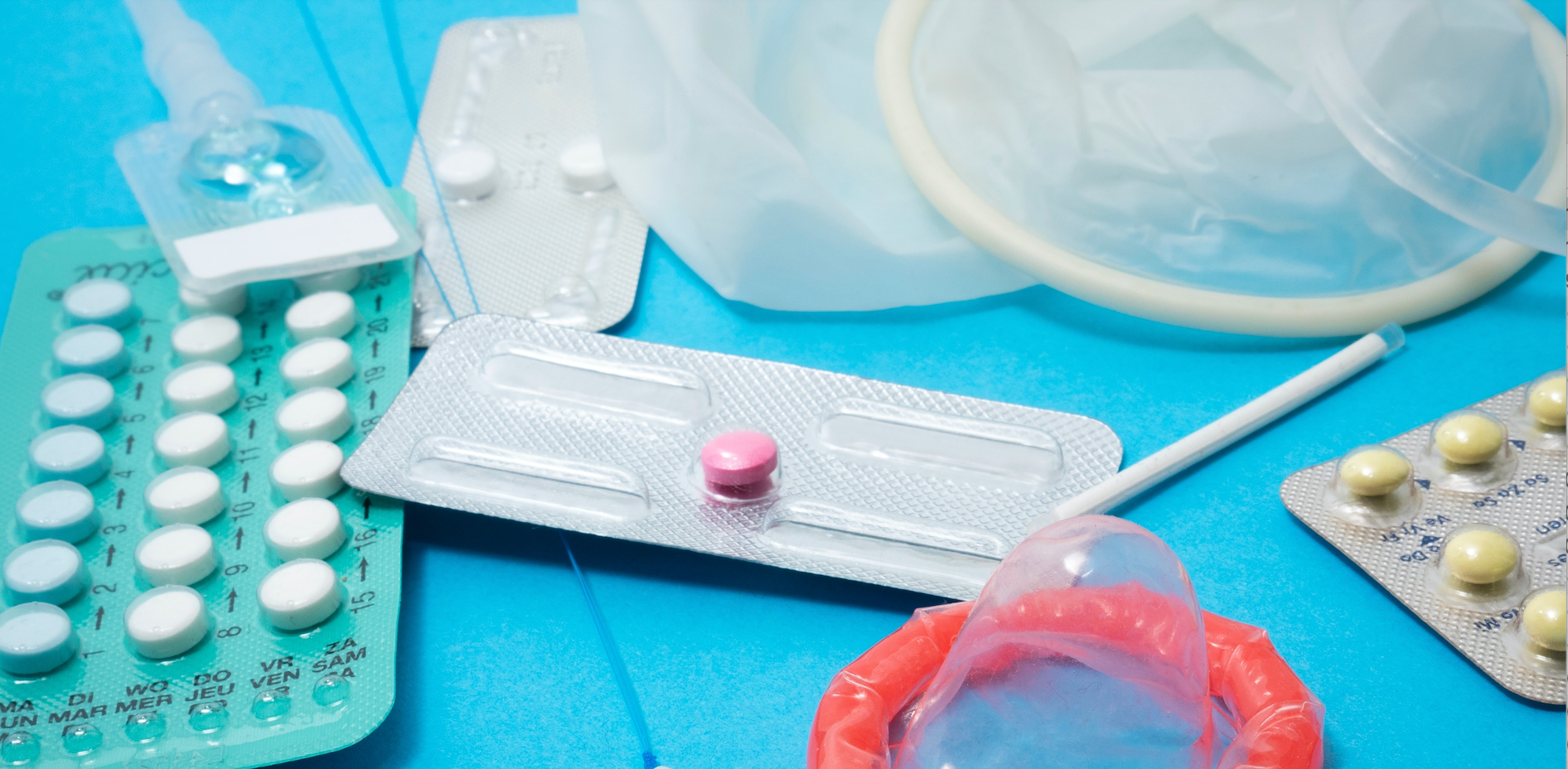A Third of New HIV Cases Occurred in “Low-Risk” Gay and Bisexual Men Not Indicated for PrEP
29% of cisgender men who have sex with men acquired HIV despite being designated as “low risk.”

1 in 3 men who have sex with men (MSM) were diagnosed with HIV after being passed over for pre-exposure prophylaxis (PrEP) on the grounds that they were not at high risk for the disease.
These finding came from a PrEP Impact study that enrolled 17770 cisgender MSM who received treatment at UK National Health Service sexual health clinics and paired them with 97098 MSM who did not use PrEP. Gay and bisexual men qualified for the trial by being a cisgender man who had sex with HIV-negative men and reported having anal sex without a condom in the last 3 months; having a male partner whose HIV status they didn’t know or who doesn't have an undetectable viral load and with whom they've had anal sex without a condom; or someone outside of the criteria who the clinician believes would be a good candidate.
The average age of the participants was 27, 3 of 4 were white, most lived in London, and over half lived in very low-income neighborhoods. Participants were considered high-risk for HIV infection if they had ever used PrEP, had taken 2 or more HIV tests, had ever had a rectal bacterial sexually transmitted infection (STI), or had sexual contact with someone with HIV or syphilis.
The study ran from October 2017-February 2020, by the end of which 24 cisgender MSM on PrEP acquired HIV compared to 670 in the control group. These results showed PrEP to proffer an 87% reduction in HIV infection, but notably, only 1 of the 24 who acquired HIV had lab-confirmed regular adherence to a PrEP regimen.
Though this study consisted primarily of cisgender MSM, cisgender and transgender women, gender nonconforming people, and Latinx and Black Americans are also under-prescribed PrEP. These groups consist of 50% of people in the US who qualify for PrEP, yet only 8% are prescribed the medication.
Of the people who acquired HIV, 92% of the people PrEP group were designated as high-risk, while only 71% of the people not on PrEP were high-risk. This means that 29% of people supposedly low-risk for HIV still became infected.
These results indicate that no PrEP screening is infallibly thorough, patients may be withholding information from their clinicians due to stigma or discomfort, and PrEP providers gatekeep or are too reluctant to prescribe the HIV prevention regimen.
Ann Sullivan, MD, consulting physician at Chelsea and Westminster Hospital in London, originally presented this study at the European AIDS Society Conference (EACS 2021). "If people are coming forward for PrEP, they have self-identified that they need PrEP, we should be allowing them to take PrEP," said Sullivan. "We just need to trust patients. People know their risk and we just have to accept that they know what they need best."
